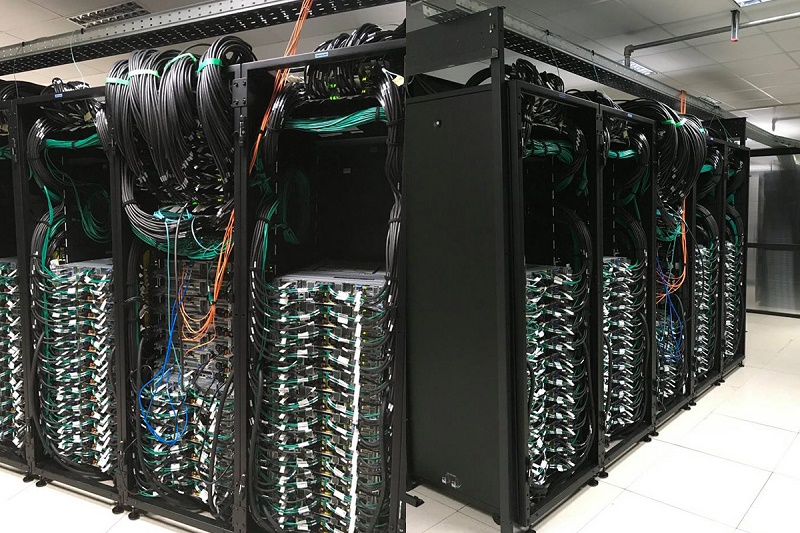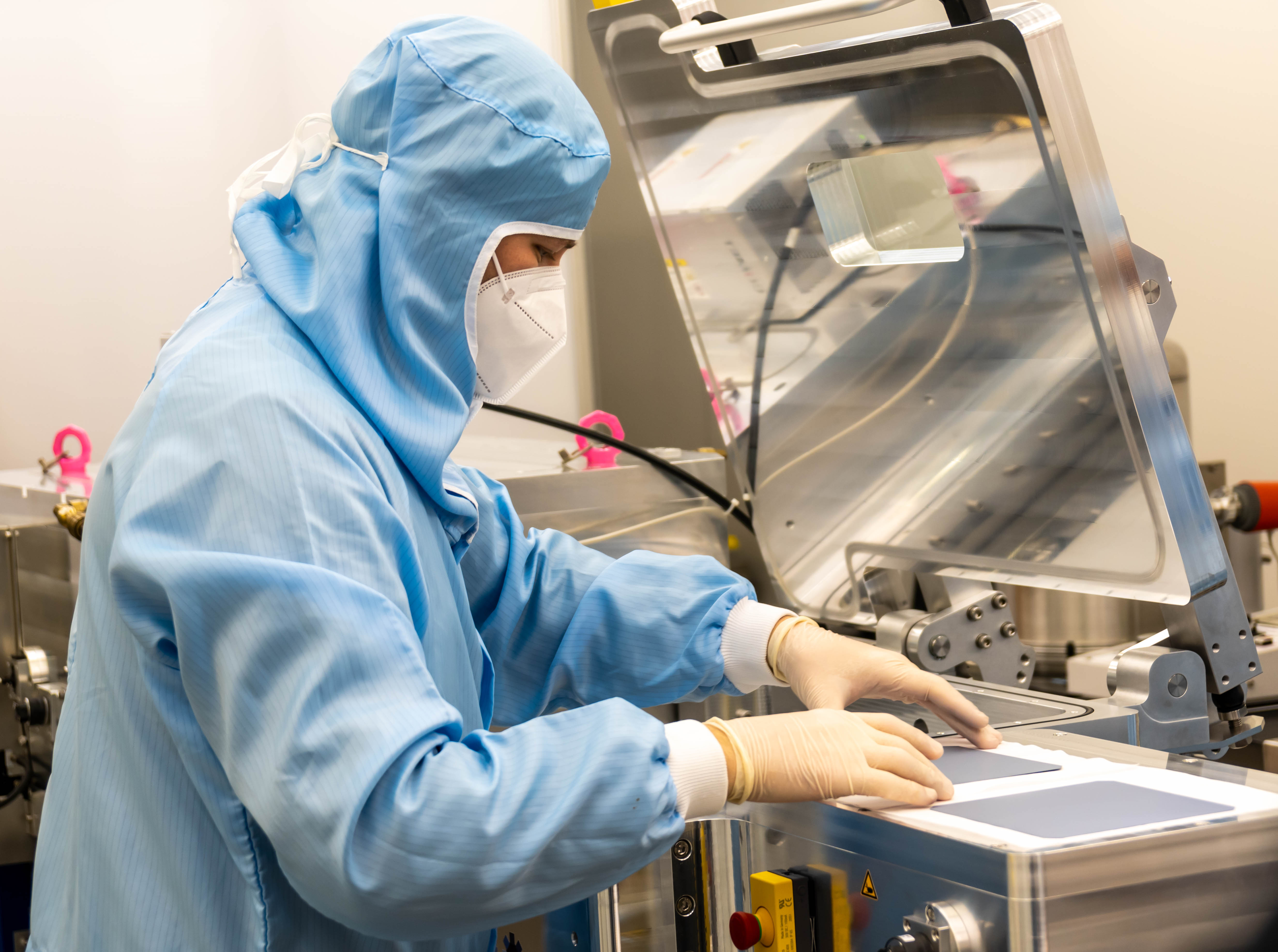Italian National Agency for New Technologies, Energy and Sustainable Economic Development

Energy: Photovoltaics, from ENEA a supercomputer and hitech laboratory for more efficient and sustainable devices
A supercomputer capable of performing up to 1.4 million billion operations per second, a cutting-edge laboratory for the creation of innovative and high-efficiency solar cells, cutting-edge expertise for the development of sustainable photovoltaic modules, are the resources the ENEA Department of Energy Technologies and Renewable Sources makes available to the VIPERLAB project[1], promoting research and development of perovskite photovoltaic devices by accessing 13 of the major European research infrastructures specialized in the creation, characterization, calculation and modeling of perovskite-based photovoltaic devices. The activities were presented to promote the great potential of solar energy, which is respectful of the environment and the climate and contributes significantly to the energy transition, supporting industry and the creation of new production chains.
As part of the VIPERLAB project, the ENEA CRESCO COMPUTING LAB supercomputing system is engaged in research on innovative materials for perovskite-based cells with advanced numerical tools, like highly parallel codes. In addition to CRESCO, ENEA has made its laboratory available to the scientific community for the creation and characterization of perovskite/silicon tandem devices, among the most important photovoltaic research infrastructures in Southern Europe for the development of new generation photovoltaic technologies, open to external national and international collaborations. ENEA is also leader of Work Package 5 "Communication, dissemination, exchange and training" which pursues cooperation among research institutes, industry and stakeholders, dissemination of project results and best practices, training and knowledge exchange .
To date, the scientific collaboration with VIPERLAB's has allowed 1,000 days of access to infrastructures to approximately 80 researchers from universities and industries from over 30 European countries. In particular, researchers were able to explore and understand the fundamental properties of perovskite materials, develop new fabrication techniques, characterize device performance and model their behavior. The project has also led to new collaborations and exchange of knowledge through networking events, workshops, webinars and summer schools: an opportunity for young researchers to access high level training with industry experts, share insights and discuss the latest developments in perovskite technologies.
Another main area of the project is the promotion of joint research activities at a European level: characterizations, aging studies and outdoor tests of the devices allow researchers to compare and validate the results obtained in different laboratories, through a collaborative approach which ensures reliability and reproducibility of research outcomes, paving the way for standardized protocols and the creation of devices with improved performance.
In addition to ENEA, the project includes: Helmholtz Zentrum Berlin Fur Materialien und Energie – HZB (coordinator), University of Rome Tor Vergata, Austrian Institute of Technology Gmbh, Commissariat al Energie Atomique et aux Energies Alternatives – CEA, Centro Nacional de Energias Renovables – CENER, Center Suisse d'Electronique et de Microtechnique CSEM, Ecole Polytechnique Federale de Lausanne EPFL, Interuniversitair Microelectronica Centrum IMEC, Fraunhofer Gesellschaft zur Foerderung der Angewandten Forschung E.V. – Fraunhofer, Forschungszentrum Julich Gmbh – Juelich, Pno Innovation, Nederlandse Organisatie Voor Toegepast Natuurwetenschappelijk Onderzoek – TNO and Swansea University and Becquerel Institute.

CRESCO is the second most important infrastructure in the public sector in Italy and is among the major national players in High Performance Computing (HPC). Operating at the ENEA Center in Portici, near Naples, it can perform up to 1.4 million billion mathematical operations per second, thanks to 434 computing nodes, for a total of more than 20,000 cores. Since 2018 in the prestigious TOP500 global supercomputers list, it provides latest generation simulation and modeling tools in support to research and development activities and it’s a national point of reference for public bodies, universities and companies with high technological content for frontier studies on energy, climate, environment, new materials, bioinformatics and security.

The perovskite/silicon tandem solar cell laboratory, also at the ENEA Portici Research Center, at the forefront of research on new materials for photovoltaics, is dedicated to the creation of perovskite cells, silicon heterojunction cells and tandem monolithic perovskite/silicon. The laboratory is also endowed with equipment and instruments for the creation and characterization of materials and devices.
